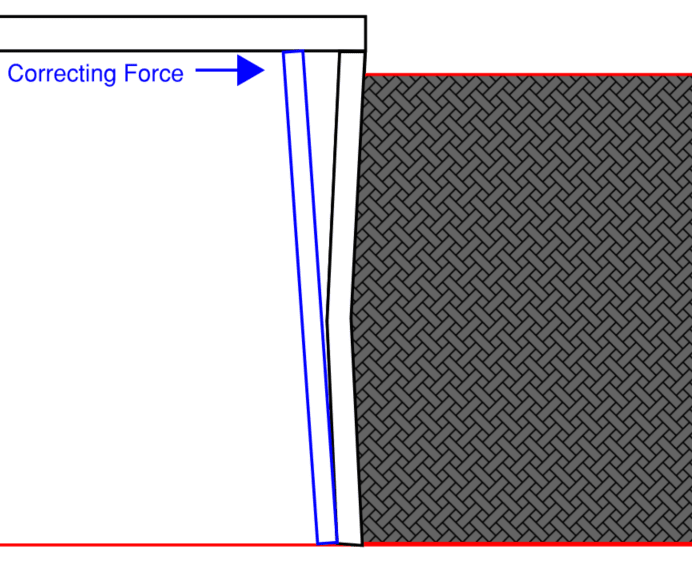StrEng007
Structural
- Aug 22, 2014
- 507
Has anyone here used this product before?
If so, any idea how they are getting the wall brace to impart uniform support along the wall height?
Also, did you do any investigation of concentrated axial loads into the floor joists that support the gorilla wall brace?
If so, any idea how they are getting the wall brace to impart uniform support along the wall height?
Also, did you do any investigation of concentrated axial loads into the floor joists that support the gorilla wall brace?

